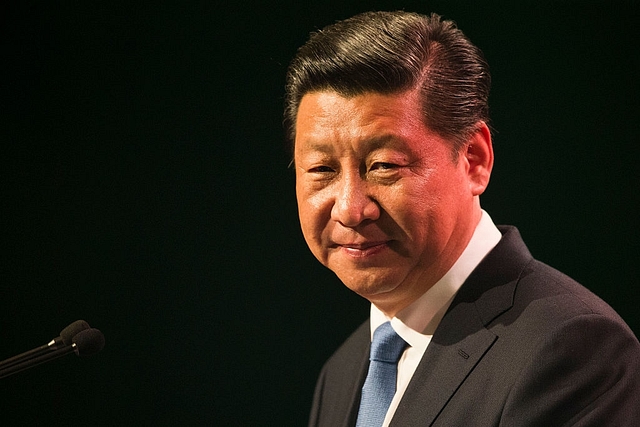
Why China’s BRI Could Lose $800 Billion Worth of Investments in the 2020s
For China’s Belt and Road Initiative, the best hope lies in multilateral collaborations with banks, private capital, and local governments and agencies to sustain BRI investments to the tune of $1.3 trillion.
Or else, they risk losing over $800 billion in investment opportunities.
China’s Belt and Road Initiative (BRI), or the One Belt One Road strategy, as it was initially named, is a long political and economic gamble that would make China the master of the world by the 2040s or that is what President Xi Jinping would like his 1.3 billion countrymen to believe.
Founded in 2013 and set for completion around the late 2040s, around the 100th anniversary of People’s Republic of China, BRI can be thought of as China’s throwback to the good old days of the Silk Route. As per a report, the total investment in BRI could be as much as $8 trillion, almost 2.5 times the size of India’s nominal gross domestic product (GDP).
However, a report by Baker McKenzie highlights what could go wrong with China’s plan in the 2020s. The report highlights five scenarios for China’s BRI across the 2020s.
One, where BRI continues on its current trajectory.
This would see major investment in sectors like power, manufacturing and railways, with Sub-Saharan Africa being the biggest recipient. The scenario predicts an increase in the number of BRI objects, especially in smaller-value projects. The investments in BRI would be in the range of $910 billion in this scenario.
Two, if China decides to drop the path of unilateral investment and go for collaboration with governments, third parties, private capital, and multilateral development banks, the investments in BRI could soar to $1.32 trillion. Major investment sectors would include energy, railways, ports and manufacturing.
This is the most favourable outcome for China, in the larger scheme of things as it eliminates political opposition to its projects and promises long-term profits and success for its investments.
Three, if China learns from its domestic building boom and focusses on sustainable initiatives, it will allow room for multilateral development banks to invest in BRI. While this may bring down the investment in BRI to $1.2 trillion, it will make Chinese engineering and construction companies more competitive and financially viable in the longer run.
The key investment sectors here would include energy, power, water supply and treatment, manufacturing, and railways, with Sub-Saharan Africa being the biggest recipient.
Four, if the trade war between the United States and China persists across the early 2020s, manufacturing may move outside China, and in this case, Southeast Asia would be the biggest winner of BRI investments. However, the report estimates the BRI investment to come down to $1.06 trillion in this case.
Lastly, the doomsday scenario, where the BRI stakeholders stand to lose the most. Assuming China annexes Hong Kong, the trade war persists across the early 2020s, and the global slowdown intensifies, signatory nations to the BRI may not want to commit to BRI projects.
While the key investments would be in power and railways, the total investment would fall to a mere $560 billion against $1.32 trillion in the most favourable scenario, costing China almost $800 billion worth of BRI investments, and adding to Xi’s domestic political problems.
China’s construction contracts registered a year-on-year growth of 33.2 per cent in the first half of 2019, thus accounting for 60.2 per cent of China’s total overseas construction activity. This is critical to China’s foreign exchange reserves, and an increase in it shields it from further depreciation.
Therefore, the ongoing trade war between the US and China becomes important for BRI’s future investments for the following reasons.
Firstly, a few more trade years could make protectionism a global norm in the US-dominated world order. High tariffs and weakening exports would also disrupt Xi’s domestic run, slowing down investments in BRI.
Secondly, within the BRI ecosystem, the protectionism could extend to patented technologies.
China, with its capacity-building measures and its exports driven economy, is pursuing dominance in future technologies like electric and hybrid vehicles, artificial intelligence and 5G. Already, Huawei is the second biggest 5G patent-owner after Samsung.
In case the trade war persists, BRI signatories across Europe and Africa may want to invest in local capacity building, thus rendering the BRI pointless.
For China’s BRI, the best hope lies in multilateral collaborations with banks, private capital, and local governments and agencies to sustain BRI investments to the tune of $1.3 trillion, or else, they risk losing over $800 billion in investment opportunities.